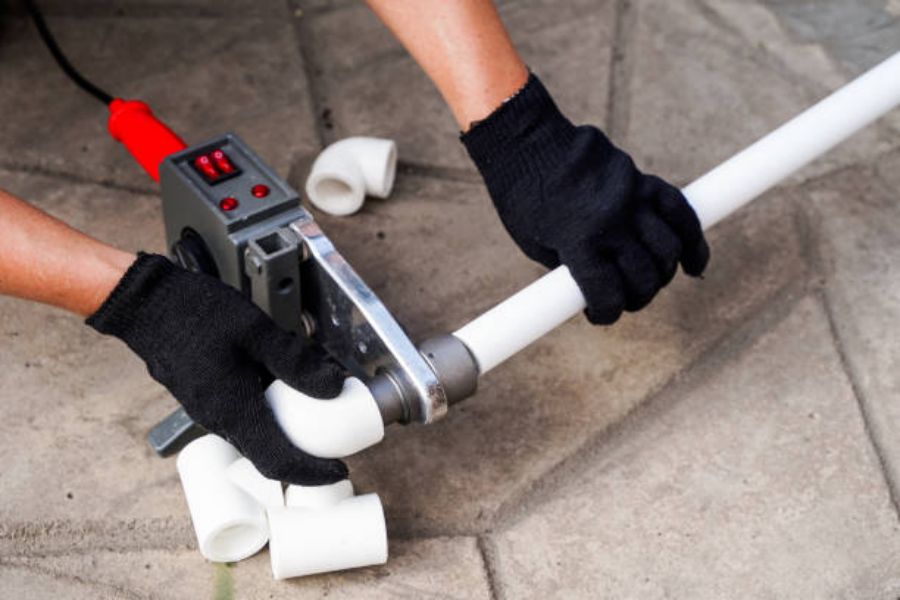Introduction
When it comes to plumbing systems, having a proper connection between pipes is important to avoid any potential damage and leaks. One of the most common connections is pvc to ppr connection. In this article, we will guide you through the process of PVC to PPR connection, its components and the steps involved.
Components of PVC to PPR Connection
The common components required for PVC to PPR connection include:
- PPR pipes and fittings
- PVC pipes and fittings
- PVC cement
- PPR welding machine
Steps to Connect PVC to PPR
Here are the steps involved in connecting PVC to PPR pipes:
- Prepare the surfaces of both pipes: Clean both the PVC and PPR pipes with a clean cloth to get rid of any dirt, oil or dust on the exterior.
- Apply PVC cement: Apply a small amount of PVC cement to the end of the PVC pipe. This helps to create a tighter and more secure bond when connecting to PPR pipes.
- Heat the PPR pipe: Use a PPR welding machine to heat the end of the PPR pipe. The heating process helps to make the pipe more malleable and easier to connect with the PVC pipe.
- Connect the PVC and PPR pipes: Insert the heated end of the PPR pipe onto the PVC pipe with a twisting motion. Hold the pipes in place until they are dry and fully bonded.
- Test the connection: After the connection is complete, allow time for it to fully dry and set. Perform a leak test to ensure the connection is secure and free of any leaks.
Benefits of PVC to PPR Connection
Here are some of the benefits of implementing PVC to PPR connection in your plumbing system:
- Increased durability: PVC and PPR material make a strong and durable connection in plumbing systems.
- Reduced expansion and contraction: The use of PVC cement reduces expansion and contraction, which can cause leaks and damage to the pipes.
- Long-lasting connection: A properly made PVC to PPR connection can have a long-lasting effect, providing reliable service for years to come.
Precautions and Tips
Here are some precautions and tips to keep in mind when connecting PVC to PPR:
- Always wear safety gear: It is important to always wear safety gear when working with hot tools or chemicals.
- Use the right tools: Using the appropriate tools and equipment can ensure a successful connection.
- Make sure the pipes are dry: Ensure the pipes are dry before applying any adhesive or cement to avoid any potential leaking.
- Follow manufacturer’s instructions: Always follow the manufacturer’s instructions for bonding and connecting the pipes.
Conclusion
Connecting PVC to PPR pipes is easy and can provide a durable connection for your plumbing system. By having the right tools and taking the necessary precautions, you can ensure a successful PVC to PPR connection. Remember to always follow the manufacturer’s instructions, wear proper safety gear and perform a leak test after installation.

